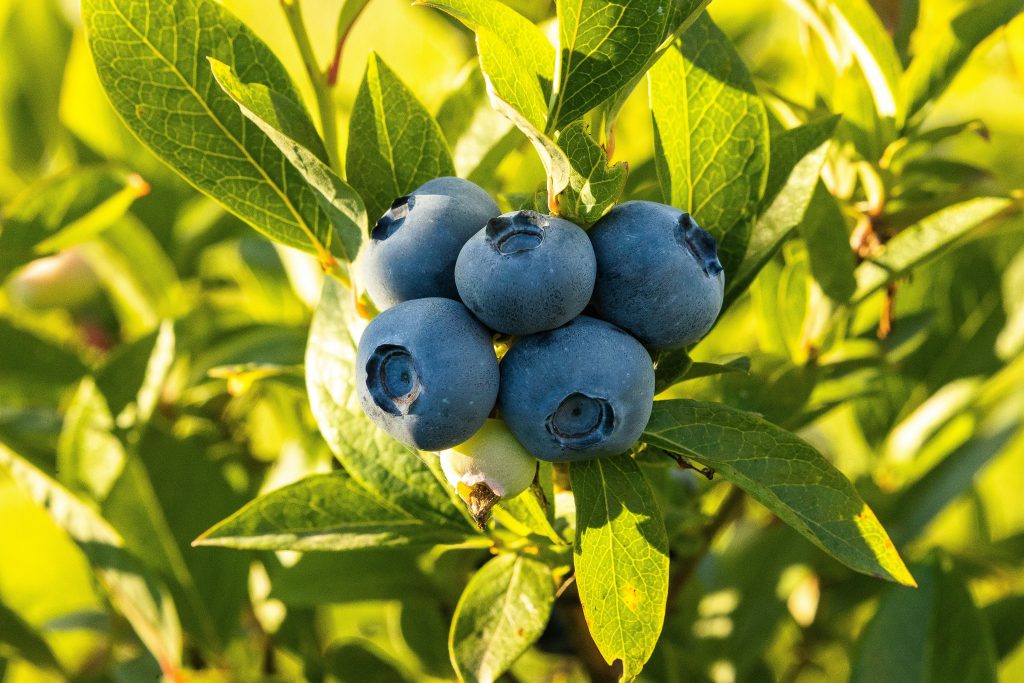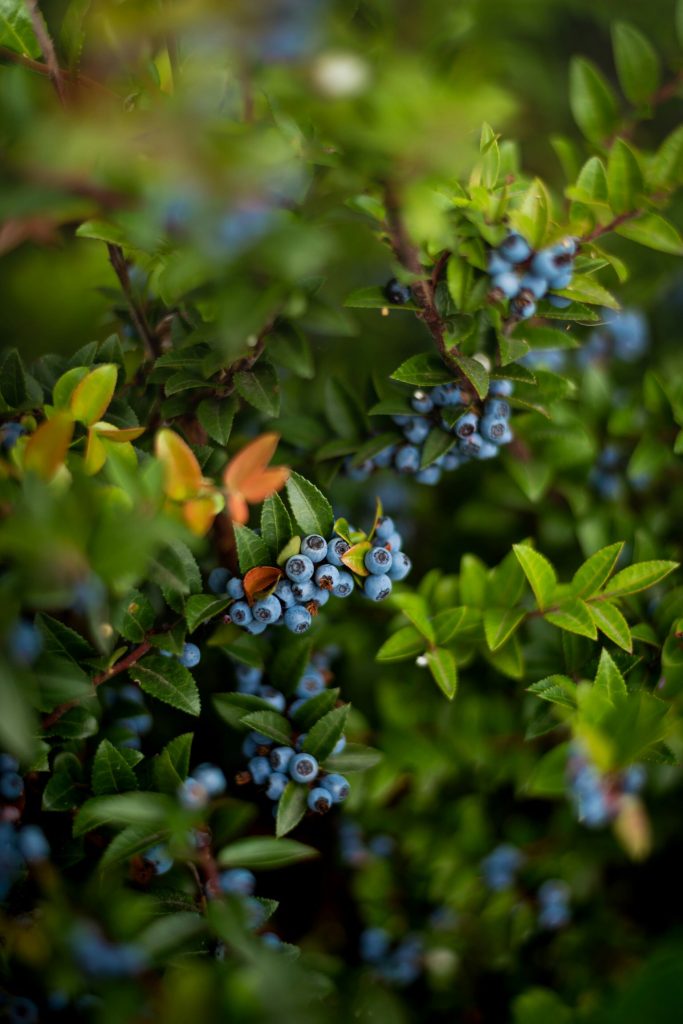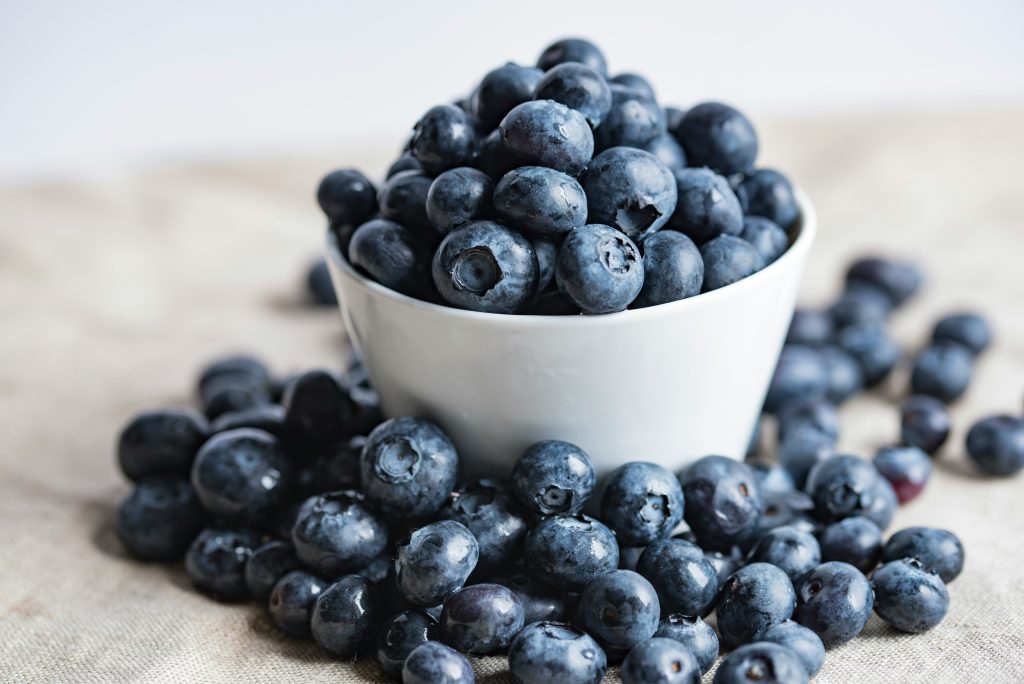How to Love Your Blueberry Bush
Blueberries – those little bursts of sweet, juicy goodness – are not only delicious but also incredibly versatile. Whether you’re tossing them into your morning smoothie, baking them into pies, or simply snacking on them straight from the bush, blueberries are a true delight. And what better way to ensure a steady supply of these delectable berries than by growing your own blueberry bush? In this comprehensive guide, we’ll delve into everything you need to know about cultivating, caring for, and enjoying your blueberry bush.

Types of Blueberry Plants
Before you dive into the world of blueberry cultivation, it’s essential to understand that every blueberry bush is created equal. There are three main types of blueberry plants: highbush, lowbush, and rabbiteye.
Highbush blueberries (Vaccinium corymbosum)
These are the most common type grown in home gardens. They produce large, plump berries and are well-suited to a variety of climates, making them an excellent choice for beginners.
Lowbush blueberries (Vaccinium angustifolium)
Also known as wild blueberries, are smaller and more compact than their highbush counterparts. They thrive in colder regions with acidic soil and are prized for their intense flavor.
Rabbiteye blueberries (Vaccinium virgatum)
This variety are native to the southeastern United States and are known for their tolerance to heat and drought. They produce medium to large berries and are a popular choice for growers in warmer climates.
When and Where to Grow Your Blueberry Bush
Blueberries thrive in acidic soil with a pH between 4.5 and 5.5, so it’s crucial to test your soil before planting. If your soil is too alkaline, you can lower the pH by amending it with elemental sulfur or acidic organic matter such as pine needles or compost.
Plant your blueberry bush in a sunny location with well-drained soil. Avoid planting them in low-lying areas where water tends to pool, as blueberries are susceptible to root rot.
The best time to plant a blueberry bush is in the early spring or late fall, while the plants are dormant. Space your bushes 4-6 feet apart to allow for adequate airflow and room for growth.
Fertilizing Your Blueberry Bush
Blueberry bushes have relatively low nutrient requirements, but they do benefit from regular fertilization, especially in the first few years after planting. Use a balanced fertilizer specifically formulated for acid-loving plants, and apply it in the spring before new growth begins.

Avoid using fertilizers that contain high levels of nitrogen, as this can lead to excessive vegetative growth at the expense of fruit production. Instead, opt for a fertilizer with a higher phosphorus content to promote healthy root development and fruiting.
Mulching and Overwintering
Mulching is essential for blueberry bushes, as it helps retain moisture, suppress weeds, and regulate soil temperature. Apply a 2-4 inch layer of organic mulch, such as pine bark or wood chips, around the base of your bushes, taking care not to pile it up against the stems.
In colder climates, protecting your blueberry bush from freezing temperatures is crucial. After the ground freezes, apply a layer of mulch around the base of the plants to insulate the roots and prevent frost damage. You can also cover your bushes with burlap or a frost blanket for added protection during particularly harsh winters.
The Nutritional Profile of Blueberries
Not only are blueberries delicious, but they’re also packed with nutrients that are beneficial for your health. These little blue gems are loaded with antioxidants, including anthocyanins, which give them their vibrant color and have been linked to a reduced risk of chronic diseases such as heart disease and cancer.
Blueberries are also rich in vitamins C and K, as well as dietary fiber, making them an excellent choice for supporting immune function and digestive health. Plus, they’re low in calories and sugar, making them a guilt-free indulgence for those watching their waistlines.
Recipe Ideas
Now that you’re armed with all the knowledge you need to grow and care for your own blueberry bush, why not put those delicious berries to good use? Here are a few recipes to get you started:
1. Blueberry Oatmeal Muffins: These hearty muffins are perfect for a quick and easy breakfast or snack on the go. Simply mix together oats, flour, sugar, baking powder, and salt, then fold in fresh blueberries before baking until golden brown. See this great recipe by For The Love of Cooking.

2. Spinach and Blueberry Salad: For a refreshing and nutritious salad, toss together baby spinach leaves, fresh blueberries, crumbled feta cheese, and toasted walnuts. Drizzle with a balsamic vinaigrette for a burst of flavor.
3. Blueberry Lemonade: Beat the heat with a refreshing glass of homemade blueberry lemonade. Simply blend fresh blueberries with lemon juice, sugar, and water, then strain the mixture through a fine-mesh sieve before serving over ice.
Preserving Blueberries
Once you’ve harvested a bounty of fresh blueberries, there are several ways to preserve their deliciousness for later enjoyment. One popular method is freezing, which involves spreading the berries in a single layer on a baking sheet and freezing them until firm before transferring them to a freezer bag or container. Alternatively, you can preserve blueberries by canning them in syrup or making them into jams, jellies, or preserves. These sweet spreads capture the essence of summer and can be enjoyed year-round on toast, pancakes, or stirred into yogurt.
For those with a sweet tooth, drying blueberries is another option, resulting in chewy, concentrated bursts of flavor that make a tasty addition to trail mix or baked goods. No matter which preservation method you choose, you’ll be able to savor the delicious taste of blueberries long after the harvest season has ended.
With their delicious flavor, nutritional benefits, and relatively easy cultivation, blueberry bushes are a must-have addition to any home garden. Whether you’re a seasoned gardener or a novice enthusiast, growing your own blueberries is a rewarding experience that’s sure to bear fruit – both literally and figuratively – for years to come.
